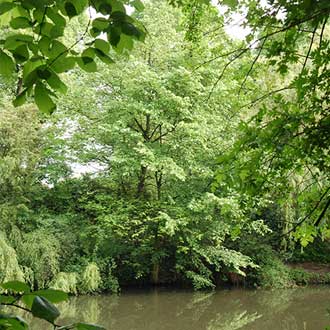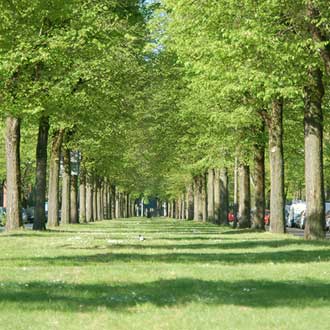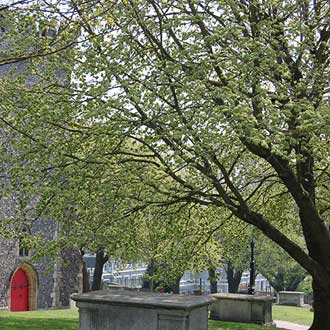New York
Prospect Park in Brooklyn is a public park covering 2.37 km² / 2.55 ft². It was designed by Frederick Law Olmsted and Calvert Vaux after they had completed Central Park in Manhattan. Its landscaping began in 1866, and the park opened to the public a year later even though work on it was still being conducted. These activities were finished in 1873. Elms have always been a feature of the park.
As a result of a successful test involving DutchTrig® vaccinations in the Bronx, Brooklyn authorities decided in 2016 to have their own elms vaccinated. Some of the trees being protected include a number dating back to the landscaping of the park which makes them truly historic.
From 2018 New York City Parks has included Fort Tryon Park in the vaccination program. The 27 ha. park is situated on a ridge (called Lange Berg by the Dutch settlers) in Upper Manhattan, and extends from Margaret Corbin Circle in the south to Riverside Drive at Dyckman Street in the north, and from Broadway in the east to the Henry Hudson Parkway in the west. The main entrance to the park is at Margaret Corbin Circle, at the intersection of Fort Washington Avenue and Cabrini Boulevard.
The park was the creation of philanthropist John D. Rockefeller, Jr., He engaged the Olmsted Brothers firm to design the park, and gave it to the city in 1931 and completed in 1935. Fort Tryon Park was added to the National Register of Historic Places in 1978 and was designated a New York City Scenic Landmark in 1983
A beautiful collection of American and English elms is in jeopardy as result of the occurrence of Dutch elm disease. New York City is giving follow up on the DutchTrig vaccination trials in the Bronx and Brooklyn by treating a large part of the remaining elms in Fort Tyron Park. With this New York City has taken a definite step in the transition to biological control of the elm population in the city.





